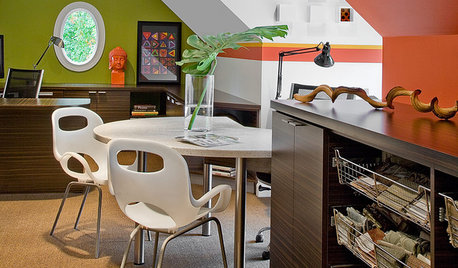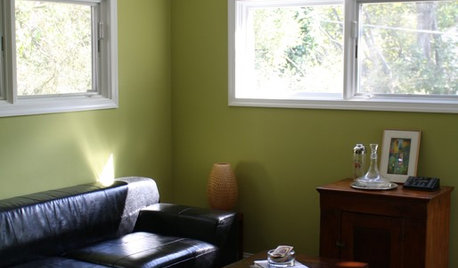Please Help! I think I killed my Rhodie.
RhodieKiller
10 years ago
Related Stories

BATHROOM WORKBOOKStandard Fixture Dimensions and Measurements for a Primary Bath
Create a luxe bathroom that functions well with these key measurements and layout tips
Full Story
EXTERIORSHelp! What Color Should I Paint My House Exterior?
Real homeowners get real help in choosing paint palettes. Bonus: 3 tips for everyone on picking exterior colors
Full Story
HOUSEPLANTS8 Houseplants You Can't Kill
They're forgiving and let you forget. Houseplants don't get any easier than this
Full Story
MOST POPULARThe Perfect Houseplant for People Who Kill Houseplants
If you can fill a jar with water, you can keep golden pothos vine happy — and it will pay you back with cleaner air and a greener home
Full Story
FUN HOUZZEverything I Need to Know About Decorating I Learned from Downton Abbey
Mind your manors with these 10 decorating tips from the PBS series, returning on January 5
Full Story
GARDENING GUIDESNew Ways to Think About All That Mulch in the Garden
Before you go making a mountain out of a mulch hill, learn the facts about what your plants and soil really want
Full Story
DECORATING GUIDESPro to Pro: Learn Your Client’s Thinking Style
Knowing how someone thinks can help you determine the best way to conduct an interior design presentation
Full Story









RhodieKillerOriginal Author
RhodieKillerOriginal Author
Related Professionals
Rancho Cordova Landscape Architects & Landscape Designers · Edmond Landscape Contractors · Bridgeport Landscape Contractors · Cambridge Landscape Contractors · Corona Landscape Contractors · Harrisburg Landscape Contractors · Laguna Hills Landscape Contractors · Lynn Landscape Contractors · Milford Landscape Contractors · Norwalk Landscape Contractors · Peachtree City Landscape Contractors · Rockland Landscape Contractors · South Farmingdale Landscape Contractors · Tewksbury Landscape Contractors · Tuscaloosa Landscape Contractorsakamainegrower
RhodieKillerOriginal Author
akamainegrower